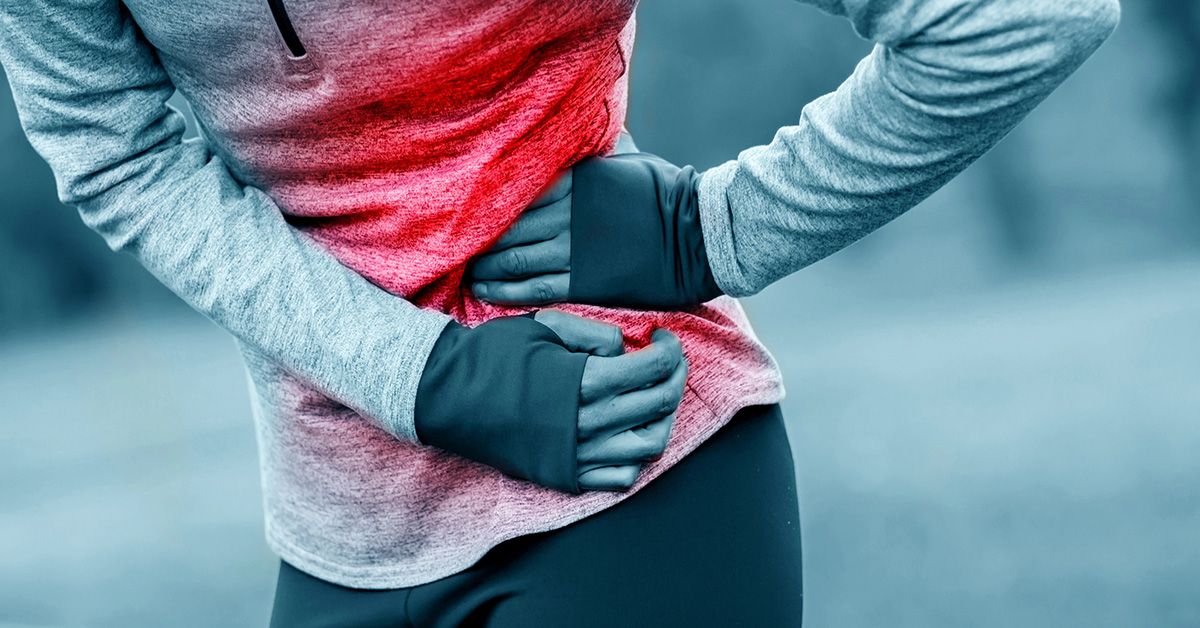
What Is the Most Common Cause of Snapping Hip?
Snapping hip syndrome is a condition where a popping or snapping sensation occurs in the hip during movement. This can happen when walking, running, or even just standing up from a seated position. While the snapping is often painless, it can become uncomfortable or even lead to pain over time. The most common cause of snapping hip syndrome is when a tendon or muscle moves over a bony structure in the hip, creating the sensation of a “snap” or “pop.”
The most frequently seen type of snapping hip is external snapping hip syndrome, which occurs when the iliotibial (IT) band or the gluteus maximus tendon moves over the greater trochanter, the bony prominence on the outside of the hip. This type of snapping is often experienced by athletes, runners, and dancers who perform repetitive hip movements. Tightness in the IT band or weakness in the surrounding hip muscles can contribute to this condition. While external snapping is usually harmless, it can lead to inflammation and irritation over time, resulting in discomfort or pain.
Another common cause is internal snapping hip syndrome, which happens when the iliopsoas tendon slides over the front of the hip joint or another bony structure in the pelvis. This type of snapping is often felt deep in the groin and is triggered by movements that involve hip flexion, such as kicking, running, or rising from a seated position. Tight hip flexors and repetitive hip motions are the main contributors to internal snapping hip syndrome.
Less commonly, intra-articular snapping hip syndrome occurs due to an issue inside the hip joint itself. This can be caused by conditions such as a labral tear, loose cartilage, or hip impingement. Unlike external and internal snapping, this type of snapping is more likely to cause pain and may require medical treatment such as physical therapy, injections, or surgery.
While snapping hip syndrome can be caused by different factors, the most common cause remains tight or overused tendons moving over bony structures in the hip. Regular stretching, strengthening exercises, and proper movement mechanics can help prevent or reduce symptoms. For those experiencing persistent pain or discomfort, consulting a healthcare professional can help determine the best treatment approach.
